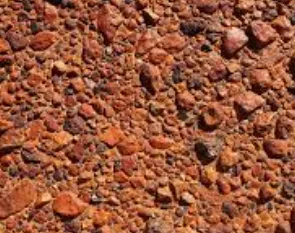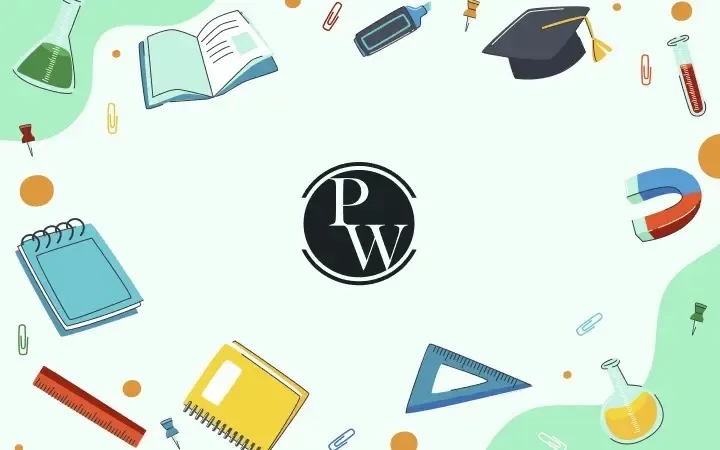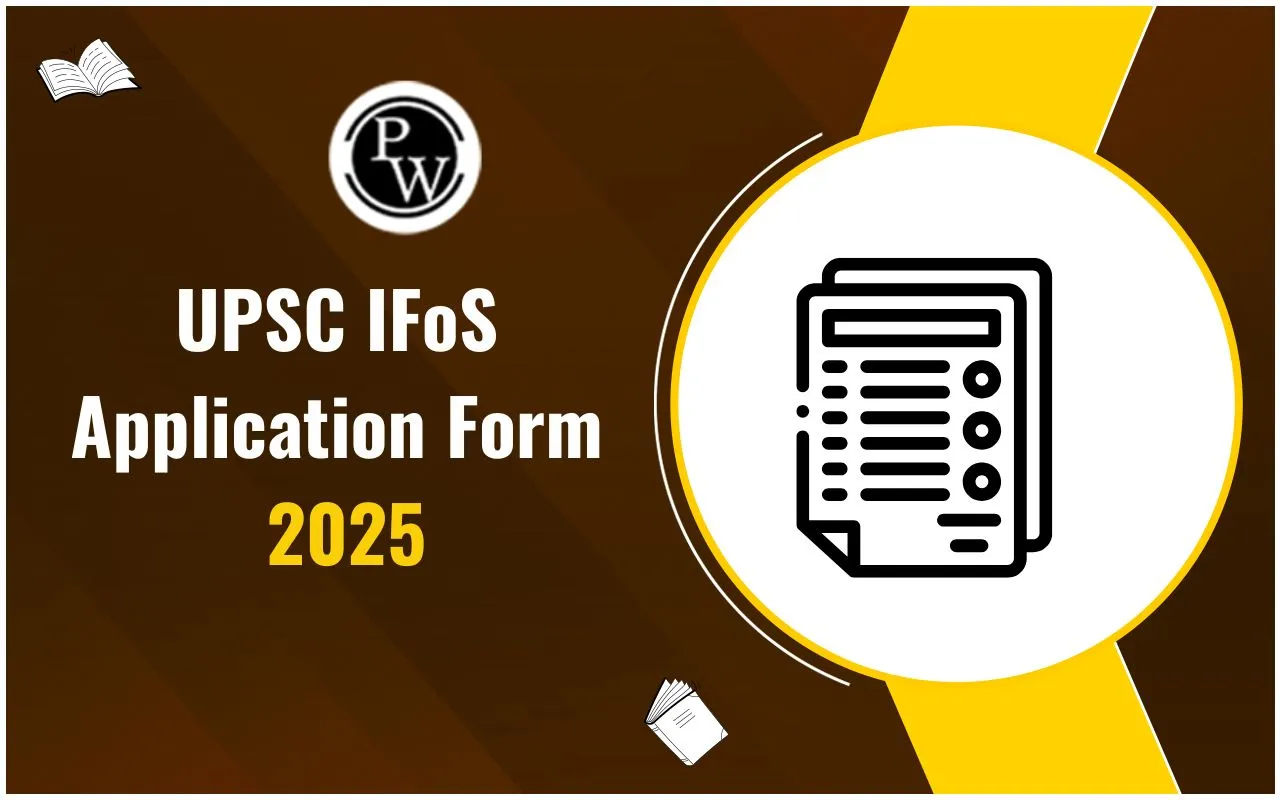
Aeolian landforms are geological features that show how the wind shapes our Earth’s surface, especially in dry and desert areas. The term "Aeolian" comes from Aeolus, the Greek god of wind. Aeolian processes involve erosion, transportation, and deposition of soil and sand by wind. Read on to understand what Aeolian landforms are, how they form, their types, and examples from India and the world.
What are Aeolian Landforms?
Aeolian landforms are natural features created by the action of wind. These landforms are common in arid and semi-arid regions where vegetation is sparse, and loose sand is easily picked up and moved by the wind. The process is slow but steady, and over many years, it can shape rocks, valleys, and large stretches of land.
The wind performs three actions: erosion, transportation, and deposition. When wind removes surface particles, it forms erosional landforms. When it deposits the particles in new places, depositional landforms are formed. Aeolian landforms are not limited to deserts. They can also be found along sandy coasts and even on other planets like Mars.
Aeolian Landforms Formation
Aeolian landforms are formed mainly by wind erosion and wind deposition. This formation process happens over long periods. Dry regions with loose soil or sand and little vegetation provide the best environment for Aeolian processes to act.
There are two main ways wind erodes the land:
-
Deflation: Wind removes loose particles from the ground, leaving behind a surface of larger rocks called desert pavement.
-
Abrasion: Wind-blown sand acts like sandpaper and wears down rocks over time, creating unique rock shapes.
Once the wind carries these particles away, it deposits them elsewhere when the wind speed drops. This deposition results in the creation of dunes and other landforms. The size and shape of the landform depend on the wind speed, direction, the amount of sand, and local topography.
These formations are not sudden. They develop slowly over years and centuries, shaping our deserts and coasts into remarkable landscapes.
Aeolian Landform Types
Aeolian landforms are broadly classified into Erosional Landforms and Depositional Landforms. Each type is formed by different processes and has distinct features.
1. Erosional Aeolian Landforms
These are formed when wind erodes the Earth's surface:
Yardang: Streamlined, wind-eroded ridges aligned with prevailing winds. Made of harder rock that resists erosion.
Zeugen: These are tabular rock structures with a softer base and a harder top. The wind erodes the base faster, creating a mushroom-like shape.
Ventifacts: Rocks shaped and polished by wind-driven sand. Often have sharp edges and flat faces.
Deflation Hollows: Shallow depressions caused by wind removing fine sediment. Common in deserts and sandy coastlines.
Desert Pavement: Surface covered with larger pebbles left behind after finer particles are blown away.

2. Depositional Aeolian Landforms
These are created when wind deposits the particles it carries:
-
Sand Dunes: These are mounds of sand formed by wind deposition. They come in different shapes and sizes. Types include:
-
Barchans: Crescent-shaped dunes.
-
-
Seifs: Longitudinal dunes aligned with the wind.
-
-
-
Parabolic: U-shaped dunes found in coastal areas.
-
-
Loess Deposits: Fine dust or silt carried by wind and deposited in thick layers. Very fertile.
-
Ripples: Small, wave-like features on the surface of dunes caused by gentle wind.
Aeolian Landforms Examples
Here are some common Aeolian landforms that are found in deserts and dry regions. These include both erosional and depositional landforms:
Yardangs in the Lut Desert of Iran
Thar Desert dunes in Rajasthan, India.
Qattara Depression in Egypt
These types of landforms show both the destructive and constructive power of wind.
Significance of Aeolian Processes
Aeolian processes are more than just natural beauty. They play a major role in shaping the Earth’s surface and affect ecosystems, agriculture, and human settlements.
-
Soil Formation: Loess deposits create fertile plains ideal for farming.
-
Water Storage: Sand dunes help store underground water in deserts.
-
Wind Erosion Control: Understanding wind action helps design better soil conservation methods.
-
Desertification Studies: Aeolian processes offer clues about land degradation and help in desertification control.
-
Climate Indicator: Changes in Aeolian activity indicate shifts in wind patterns and climate.
-
Planetary Research: Aeolian landforms on Mars and other planets help scientists study extraterrestrial weather and surface conditions.
Aeolian landforms show how wind shapes our Earth silently and slowly. From deserts to coasts, these landforms are key to understanding physical geography.
Want to learn more about landforms and geography for UPSC? Explore PW UPSC Courses and start your smart preparation today!
Aeolian Landform FAQs
What does Aeolian mean in geography?
What are the two types of Aeolian landforms?
Where are Aeolian landforms commonly found?
How do sand dunes form?
What is the significance of Aeolian processes?

UPSC Coaching






